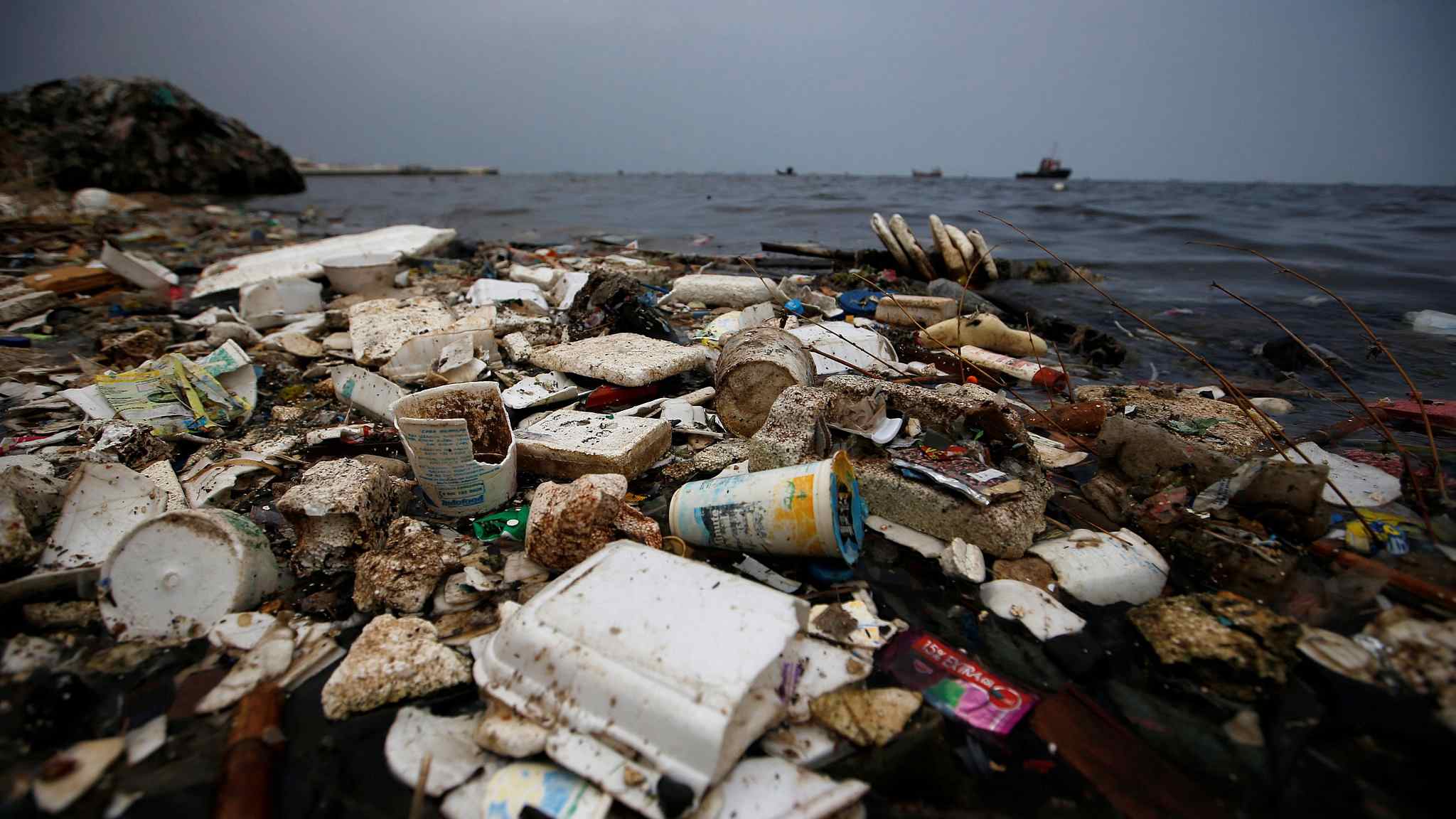
Tech & Sci
14:07, 19-Dec-2018
Less polluting but too light, styrofoam sparks recycling debate
Updated
13:50, 22-Dec-2018
CGTN

Recycling the over two billion disposable takeaway food containers generated annually in the European Union (EU) could reduce the equivalent heat-trapping emissions produced by 55,000 cars every year.
In a first-ever comprehensive study, researchers from the University of Manchester measured the environmental impacts of disposable takeaway-food containers made from styrofoam, plastic, and aluminum.
The styrofoam containers were found to have the lowest carbon footprint as its production uses a smaller amount of material and energy. Its carbon footprint was nearly 50 percent lower than aluminum containers, and three times lower than those made from plastics.
But the lightweight and unavailability of recycling the material on a mass level make it unsustainable, ending up in landfills or seas. “Because they are so light, the styrofoam containers can easily be blown away, contributing to urban and marine litter,” Joan Fernandez Mendoza, one of the study authors said.
“So, despite their lower life-cycle environmental impacts relative to the other containers, styrofoam containers cannot be considered a sustainable packaging option unless they can be recycled at a large scale,” he added.
With global takeaway food market projected to be over 100 billion U.S. dollars in 2020, the scale of the impacts on the environment of takeaway-food containers used in this growing sector was not measured until now, the study maintained.
The study used a system of life cycle assessment to calculate the environmental impacts of takeaway food containers. Around 12 different impacts, including climate change, depletion of natural resources and marine eco-toxicity were investigated.
Recycling even half of the containers currently in use, as envisaged by the EU recycling policy for the year 2025, would reduce their carbon footprint by a third. Alejandro Gallego-Schmid, the lead author of the study, pointed out that achieving this level of recycling of styrofoam containers is going to be challenging.
“Although technically possible and practiced at small scale in some countries, the main difficulties are related to collecting the used containers and the associated costs.”
The study also found that reusable Tupperware containers had a lower carbon footprint than disposable styrofoam when they were reused more than 18 times.
(Top photo: Plastic and styrofoam garbage litters the shoreline in Cilincing in Jakarta, Indonesia, November 26, 2018. /VCG Photo)

SITEMAP
Copyright © 2018 CGTN. Beijing ICP prepared NO.16065310-3
Copyright © 2018 CGTN. Beijing ICP prepared NO.16065310-3